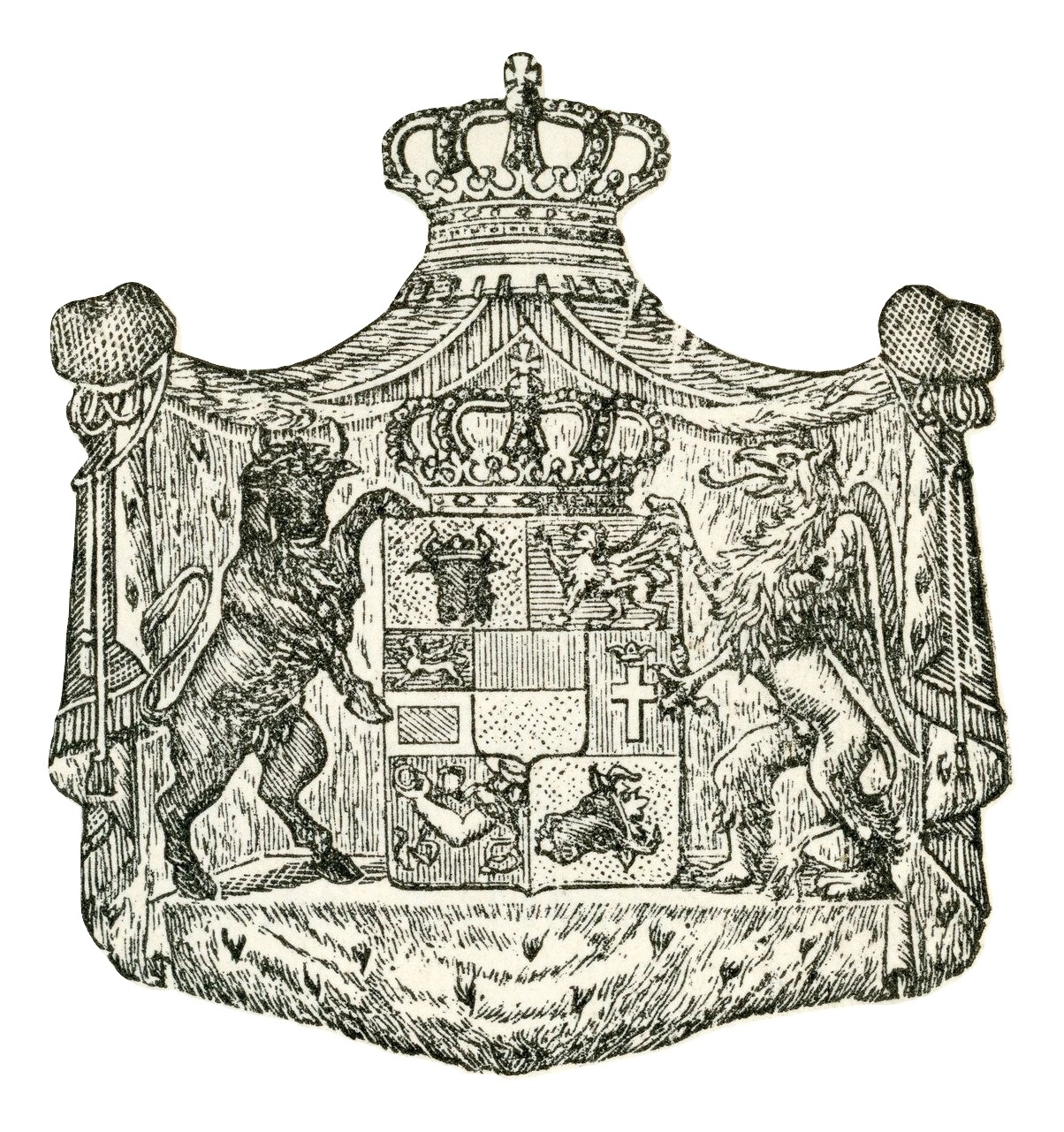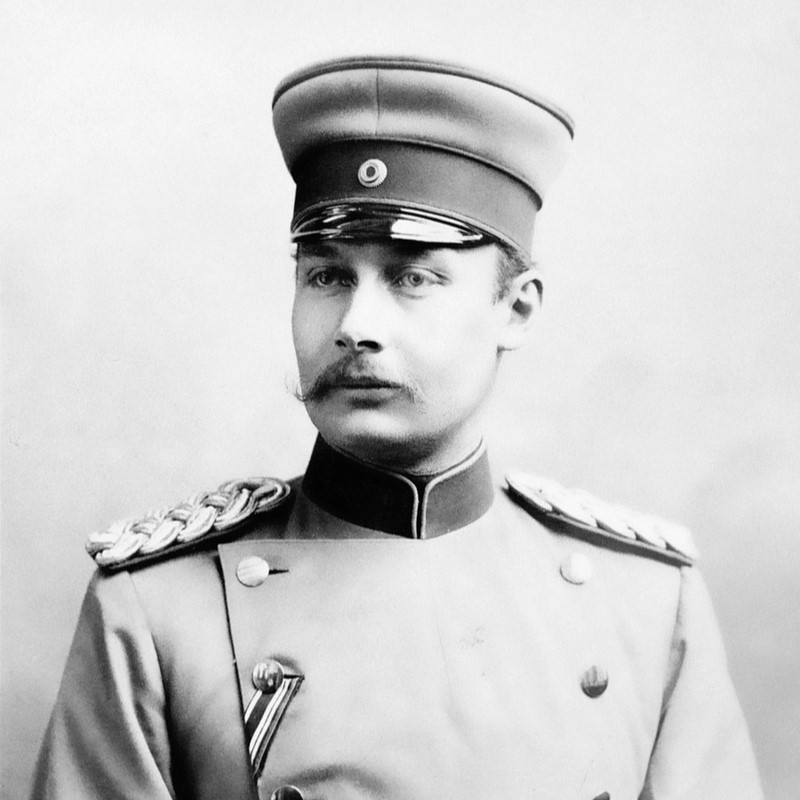
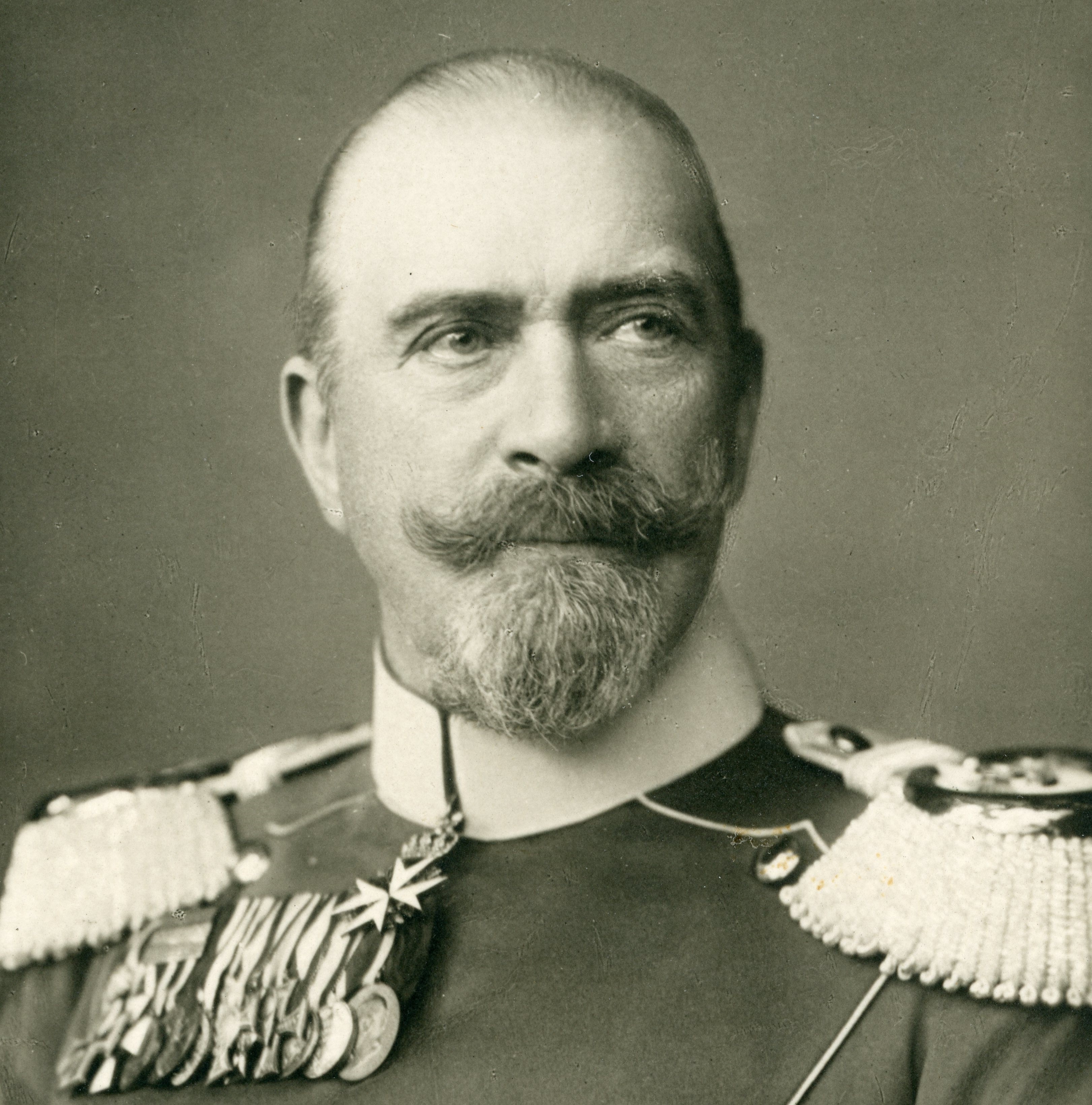
The Grand Ducal Mecklenburg Order of the Griffin was a state order instituted on 15 September 1884 by Grand Duke Friedrich Franz III of Mecklenburg-Schwerin.
History
The Order of the Griffin was established to provide purpose for benevolence and to recognise outstanding service to the public. The statutes of the Grand Ducal Mecklenburg-Schwerin Order of the Griffin, as it was originally named, were amended by Grand Duke Friedrich Franz IV of Mecklenburg-Schwerin on 31 January 1902 and again on 7 June 1904.
The Order of the Griffin remained exclusive to the Grand Duchy of Mecklenburg-Schwerin until 22/23 August 1904 when an agreement was signed with the new Grand Duke Adolf Friedrich V of Mecklenburg-Strelitz to make it a common award of both Mecklenburg grand duchies. From this point on the grand duke’s of Mecklenburg-Schwerin and Mecklenburg-Strelitz were joint grand masters of the order. The State Ministers of Mecklenburg-Schwerin and Mecklenburg-Strelitz acted as chancellors of the order.
In the House of Mecklenburg-Schwerin it was the practice for every duke to receive the grand cross of the order. After 1904 this was not adopted by the House of Mecklenburg-Strelitz however as the Hereditary Grand Duke Adolf Friedrich (VI) and Duke Carl Borwin, the two sons of Grand Duke Adolf Friedrich V who as grand master held the grand cross, only received the knights cross from their father while neither Duke Georg Alexander or Duke Carl Michael from the Russian branch of the family received the order at all. Hereditary Grand Duke Adolf Friedrich (VI) automatically received the grand cross on his succession as grand duke and grand master in 1914.
With the end of the monarchy in Mecklenburg in 1918 the Grand Ducal Mecklenburg Order of the Griffin became obsolete.
Classes
The Order of the Griffin came in three classes:
1) Grand Cross
2a) Grand Commanders Cross
2b) Commander’s Cross
2c) Honour Cross
3 Cr) Knights Cross with the Crown
3) Knights Cross
The insignia of the order
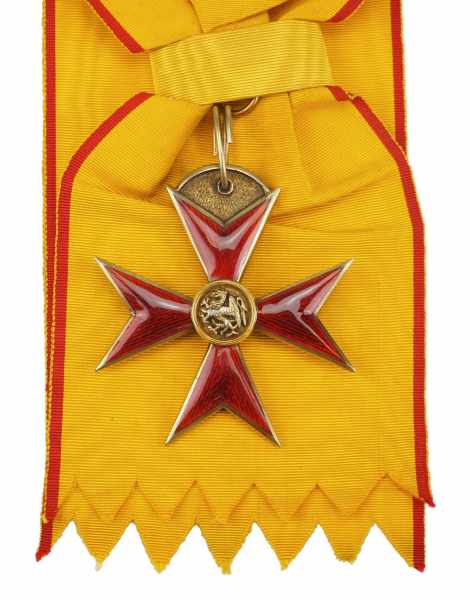
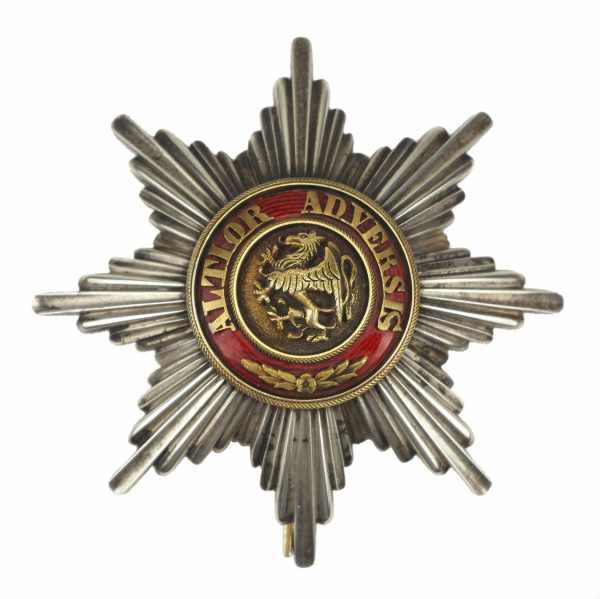

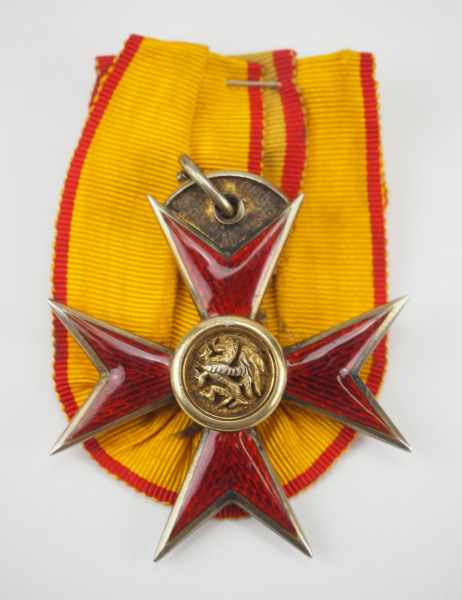
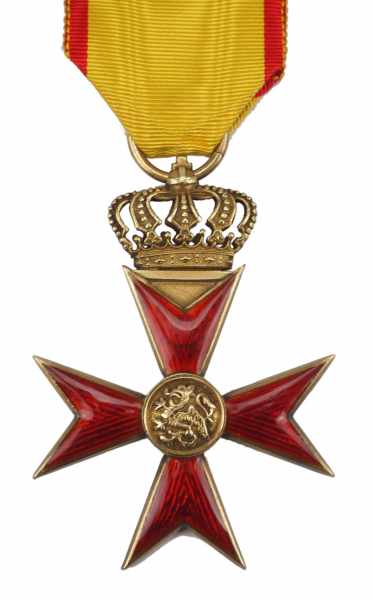
Badge
The Grand Cross badge was an eight pointed, red enamel Maltese cross with gold trim. On the front centre of the cross was a roundel with a golden Griffin located within a golden ring. The badge was worn hanging at the bottom of a 4 inch wide sash that goes from the right shoulder to the left hip. The Grand Commanders Cross and Commander’s Cross badges were slightly smaller than the Grand Cross but otherwise the same. They were worn around the neck on a slightly narrower ribbon. The Honour Cross was slightly smaller than the Commander’s Cross while the roundel did not have the gold ring surrounding the Griffin. It was worn on the left chest. The Knights Cross was a slightly smaller version of the Commander’s Cross. It was worn on a slightly narrower ribbon on the left chest or in the buttonhole.
Ribbon
The ribbon was a pale yellow with narrow outer red stripes
Star
In addition to the medal, holders of the Grand Cross and the Grand Commanders Cross both received a star that was worn on the left chest. The holders of the class Grand Cross had an eight pointed silver star with peaks of equal length and the same gold roundel with the gold griffin as found on medal located on the centre of the star. The roundel was surrounded by red enamel with the motto “ALTIOR ADVERSIS” (Against All Odds) written in gold and bordered with a gold band. The holders of the class Grand Commander’s Cross received a smaller eight pointed silver star with the same roundel, red enamel and motto as found on the Grand Cross star.
Grand Master’s of the order
Mecklenburg-Schwerin
1884-1897: Grand Duke Friedrich Franz III
1897-1918: Grand Duke Friedrich Franz IV
Mecklenburg-Strelitz
1904-1914: Grand Duke Adolf Friedrich V
1914-1918: Grand Duke Adolf Friedrich VI
